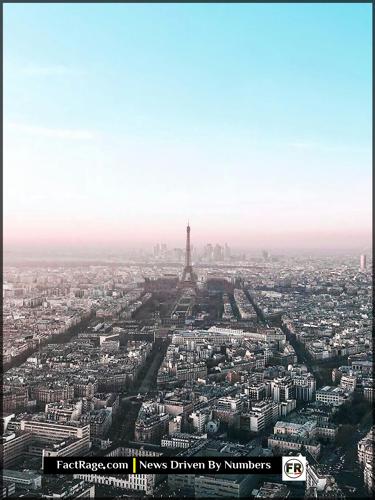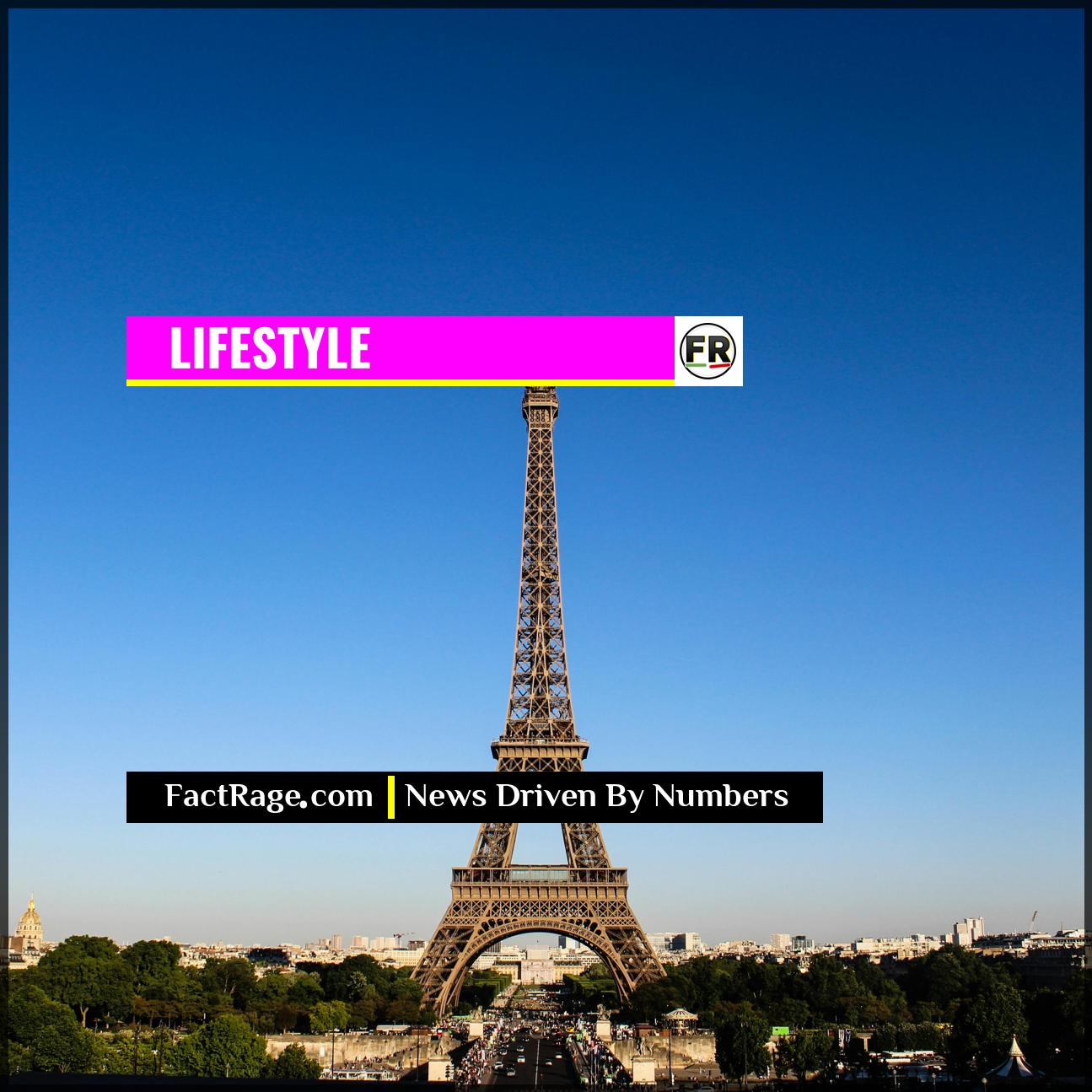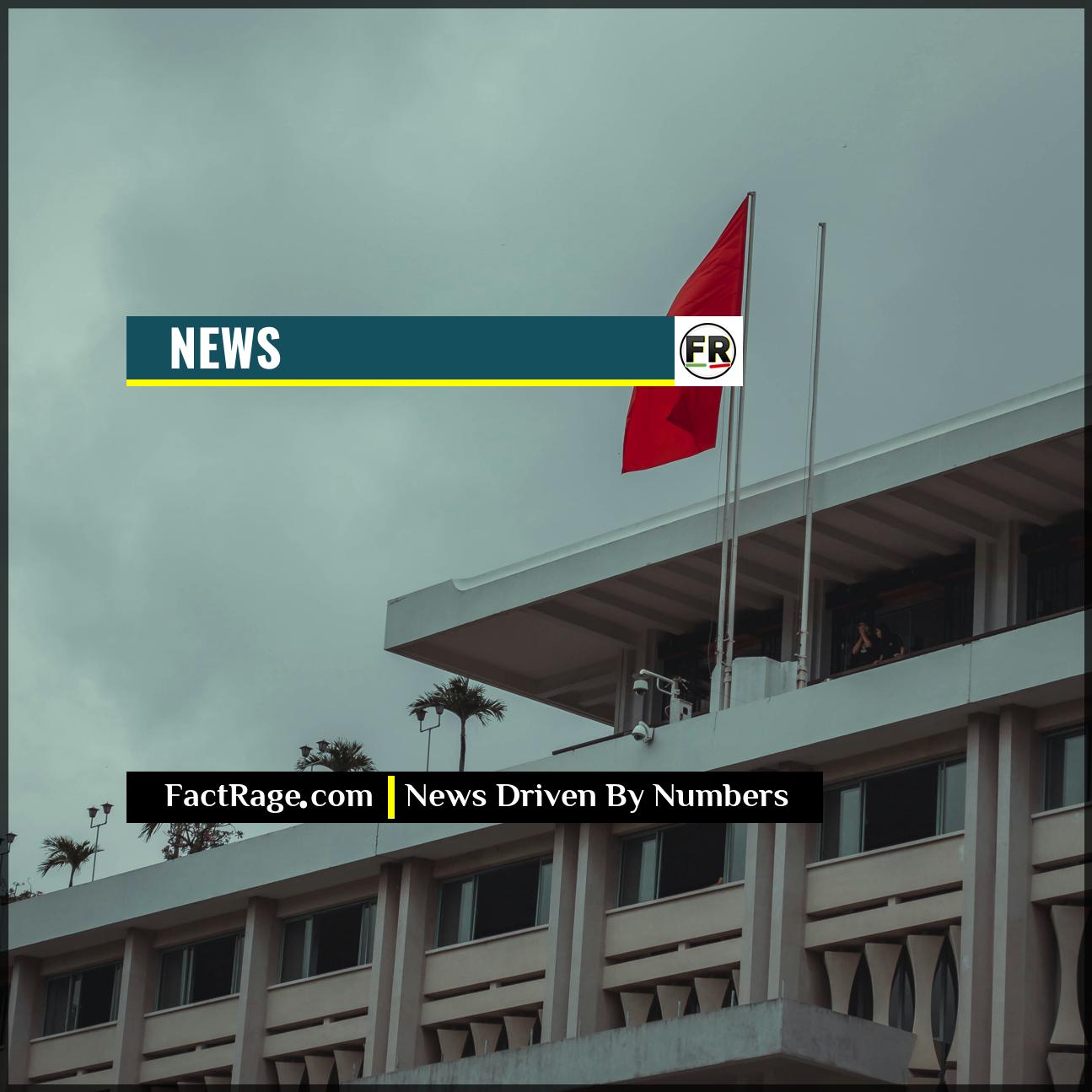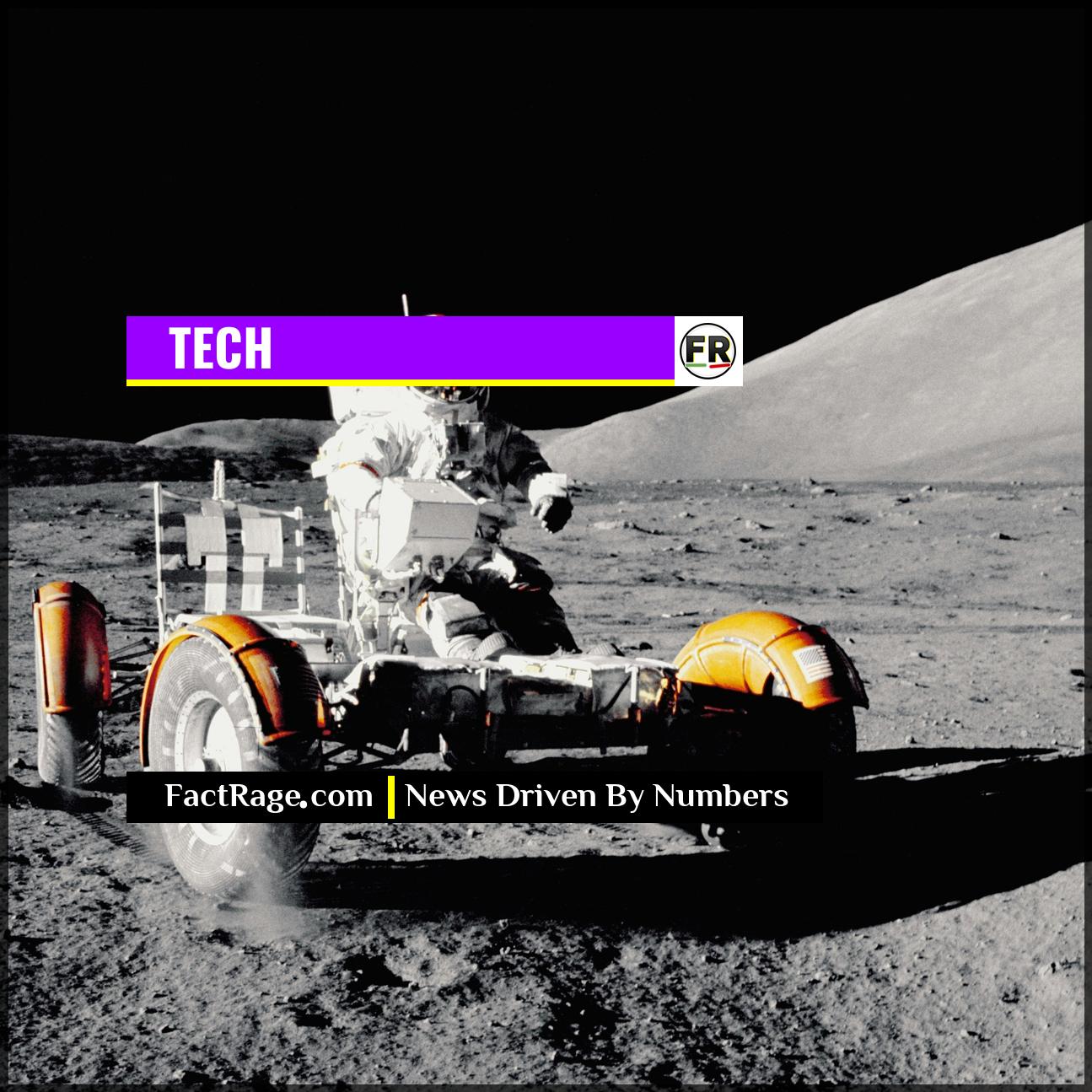PARIS, FR – On July 14th, the sky above Paris will erupt in color and the cobblestones of the Champs-Élysées will tremble under the weight of military precision, as France once again celebrates its national day, a complex portrait of a nation in constant conversation with its past.
- A Day of Duality – Bastille Day combines a formal, televised military parade in the morning with informal, joyous public celebrations, including fireworks and dances, that last late into the night.
- Historical Bedrock – The holiday commemorates the 1789 Storming of the Bastille, a pivotal event in the French Revolution, and the 1790 Fête de la Fédération, which celebrated national unity.
- Modern Reflection – The event serves as an annual barometer of the national mood, reflecting contemporary social debates, France’s role on the world stage, and the current political climate.
This annual spectacle is more than just a date on the calendar; it’s a living display of French identity, where tradition meets the present and the nation’s character is put on full display.
The Human Rhythm of a National Holiday
![]() A nation’s identity is often revealed not in its grand pronouncements, but in its shared rituals. Bastille Day offers a unique opportunity to observe this dynamic, contrasting the rigid precision of a military parade with the spontaneous joy of a neighborhood party. It is within this space—between the formal and the familiar—that we can find a universal story about how a culture remembers its past and celebrates its present.
A nation’s identity is often revealed not in its grand pronouncements, but in its shared rituals. Bastille Day offers a unique opportunity to observe this dynamic, contrasting the rigid precision of a military parade with the spontaneous joy of a neighborhood party. It is within this space—between the formal and the familiar—that we can find a universal story about how a culture remembers its past and celebrates its present.
Why the Military Parade is the Centerpiece of the Morning

The first, and most visible, act of Bastille Day is the grand military parade along the Avenue des Champs-Élysées. It is the oldest and largest regular military parade in Europe. Presided over by the French President, the event is a meticulously choreographed display of national strength and discipline. Thousands of service members from the army, navy, and air force march in formation, followed by cavalry, armored vehicles, and motorized infantry.
A key moment is the flypast, where dozens of military aircraft, including the Patrouille de France aerobatic team, streak over the Arc de Triomphe, painting the sky with the blue, white, and red of the tricolor flag. But what is the purpose of such a display in the 21st century? Beyond tradition, the parade serves as a significant diplomatic tool. It is common for France to invite military units from allied nations to march alongside its own troops, symbolizing international cooperation and shared strategic interests. The guest list itself often signals France’s current foreign policy priorities.
How “Liberté, Égalité, Fraternité” Endures and Evolves
Bastille Day is fundamentally a celebration of the French Republic and its founding motto: “Liberté, Égalité, Fraternité” (Liberty, Equality, Fraternity). These ideals, born from the revolution, are woven into the nation’s constitution and identity. The holiday provides a moment for the country to reflect on what these words mean today.
In modern France, these values are a source of both immense pride and intense national debate. Discussions around secularism (laïcité), social integration, and economic inequality often invoke the spirit of 1789. Political leaders traditionally use Bastille Day to deliver addresses that frame their policies and vision for the country’s future within the context of these republican values. The celebrations, therefore, become a stage for the ongoing conversation about what it means to be French, reflecting both a unified national identity and the diverse, sometimes conflicting, perspectives within it.
Where to Find the Real Party: Firemen’s Balls and Fireworks
Once the formal pageantry of the morning concludes, the atmosphere across France transforms. The rigid formality gives way to widespread, joyous celebration. The most iconic of these festivities are the bals des pompiers, or firemen’s balls. On the nights of July 13th and 14th, fire stations in Paris and throughout the country open their courtyards to the public for massive parties with music, dancing, and drinks that last until the early hours.
This tradition, which reportedly began by chance in the Montmartre district of Paris in the early 20th century, captures the “Fraternité” aspect of the national motto. It is a moment of community, where people from all walks of life gather. The day culminates in a spectacular fireworks display, with the most famous show launched from the Eiffel Tower and the Trocadéro gardens. For many, this is the true heart of Bastille Day—not in the marching soldiers, but in the shared experience of a city and a nation celebrating together under a sky lit by fireworks.
Finding France Between the March and the Dance
![]() In the end, Bastille Day presents a compelling duality—a nation that honors its past with formal discipline while celebrating its present with communal joy. It is in the space between the marching soldier and the dancing citizen, between the state’s performance and the people’s party, that the character of modern France is most clearly revealed. The day serves as a powerful reminder that a nation’s identity is not a static monument, but a living conversation held between its history, its ideals, and the shared experience of its people.
In the end, Bastille Day presents a compelling duality—a nation that honors its past with formal discipline while celebrating its present with communal joy. It is in the space between the marching soldier and the dancing citizen, between the state’s performance and the people’s party, that the character of modern France is most clearly revealed. The day serves as a powerful reminder that a nation’s identity is not a static monument, but a living conversation held between its history, its ideals, and the shared experience of its people.














